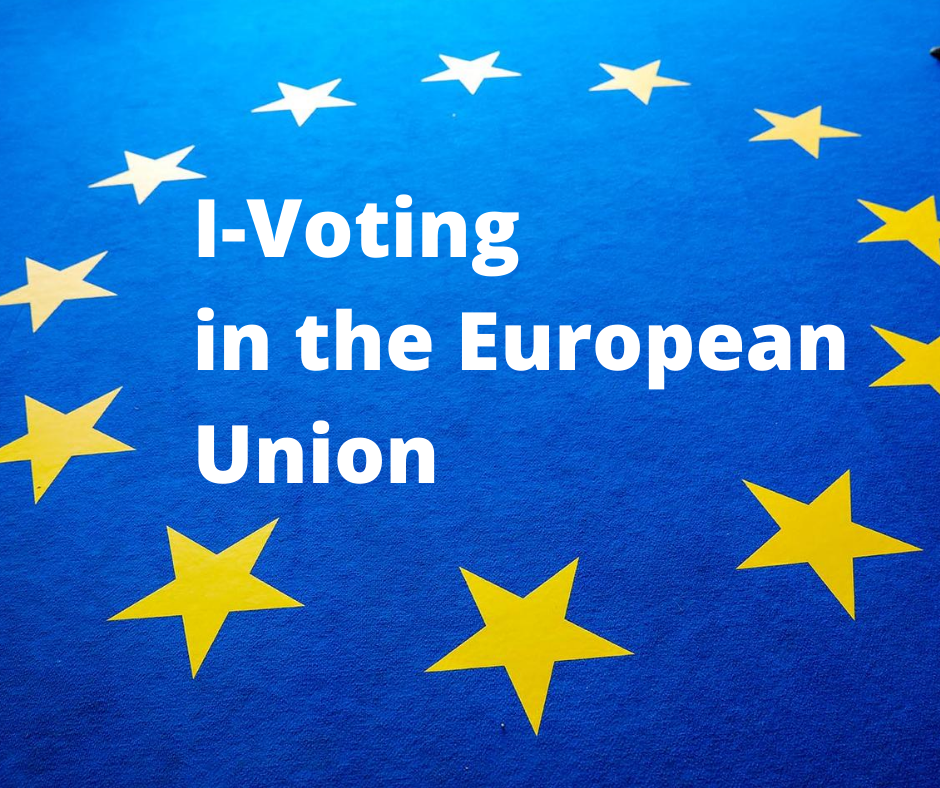As world is fighting with the COVID-19 pandemic and physical distancing is recommended, i-voting remains the safest option for elections or decision-making. In addition to ensuring social distancing, i-voting could help reach isolated communities, increase accessibility for voters with disabilities and even increase voter turnout by engaging younger generations whose turnout at elections is usually lower. Internet voting can also save costs for holding elections. In Estonia, the only country which introduced i-voting at national level for all voters, it is estimated that during national elections in 2017 i-voting saved 11 000 working days[1].
There is no unified policy on i-voting in the European Union but some of its member states are exploring how to ensure cyber security and increase citizens’ trust to i-voting. In 2017, the Council of Europe developed comprehensive guidelines for i-voting [2] that remain of advisory character. In 2018, the European Union changed its 1976 Electoral Act [3] for the first time to introduce an option for postal and internet voting. In 2019, citizens of the EU could vote electronically at the elections to the European Parliament. Building on the experience of elections to the European Parliament in 2019 as well as different i-voting systems at the EU member states, this briefing provides recommendations on policies and technical solutions for i-voting in the European Union.
Read more: https://europeandigital.org/files/19/I-Voting in the European Union (1).pdf
